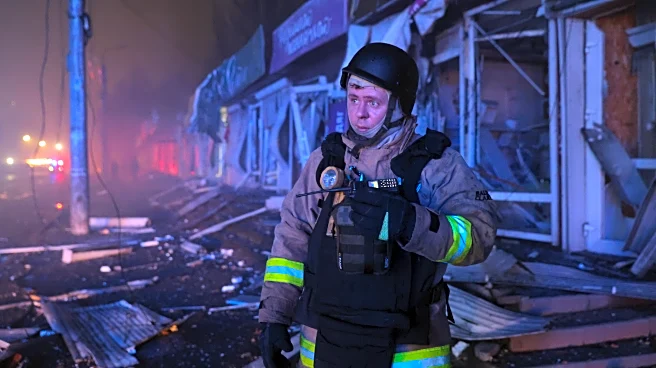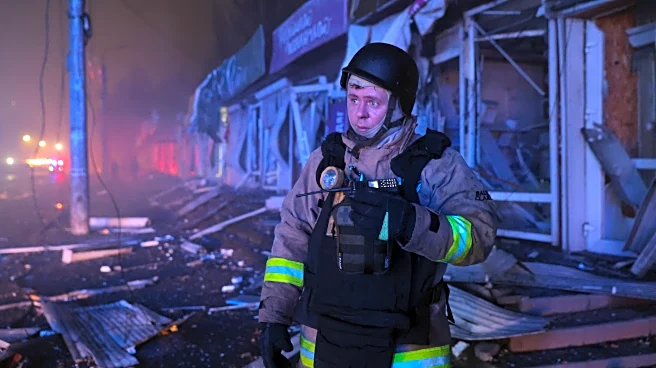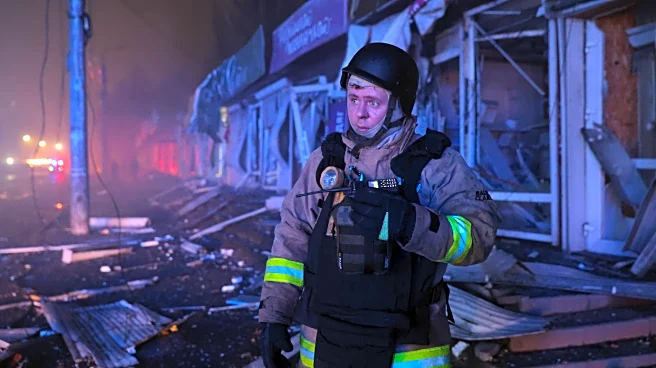What's Happening?
Tampere University is spearheading a new Doctoral Network funded by the European Union's Marie Skłodowska-Curie Actions (MSCA) program, receiving €4.4 million to advance the High-Power Optical Vortices
(HiPOVor) initiative. This project aims to train 15 doctoral researchers in the creation, enhancement, and application of high-power optical vortex beams. These beams, which carry orbital angular momentum, have the potential to revolutionize material processing, particle acceleration, data transmission, and photonics. The initiative seeks to overcome current limitations in generating and maintaining these beams' unique characteristics during interaction with materials. The network will provide interdisciplinary training, covering the entire development pipeline from component design to practical applications.
Why It's Important?
The development of high-power optical vortex technology could significantly impact various industries by enabling ultra-precise material processing and expanding data transmission capabilities. This initiative is expected to foster innovation in optical components and nanofabrication, potentially leading to more efficient processes and products. The environmental benefits of this technology are also noteworthy, as it aims to reduce hazardous chemical use and decrease hardware size and energy demand. By advancing predictive technologies for high-power vortices, the project could transform applications ranging from precision manufacturing to high-resolution imaging, contributing to a circular economy approach.
What's Next?
The HiPOVor project is set to commence on January 1, 2026, involving a consortium of eight leading academic institutions and nine industrial partners across Europe. The collaboration will focus on structured light and high-power laser technology, supported by the Extreme Light Infrastructure -- Nuclear Physics (ELI-NP), the world's most powerful laser facility. This partnership aims to drive innovation and knowledge exchange in photonics, potentially leading to new products and processes that leverage high-power optical vortex technology.
Beyond the Headlines
The HiPOVor initiative not only promises technological advancements but also highlights the importance of interdisciplinary collaboration in scientific research. By bringing together universities, industrial collaborators, and research institutions, the project underscores the value of knowledge exchange and partnership in driving innovation. The focus on reducing hazardous chemicals and energy demand aligns with broader environmental goals, emphasizing the role of advanced technologies in promoting sustainable practices.













